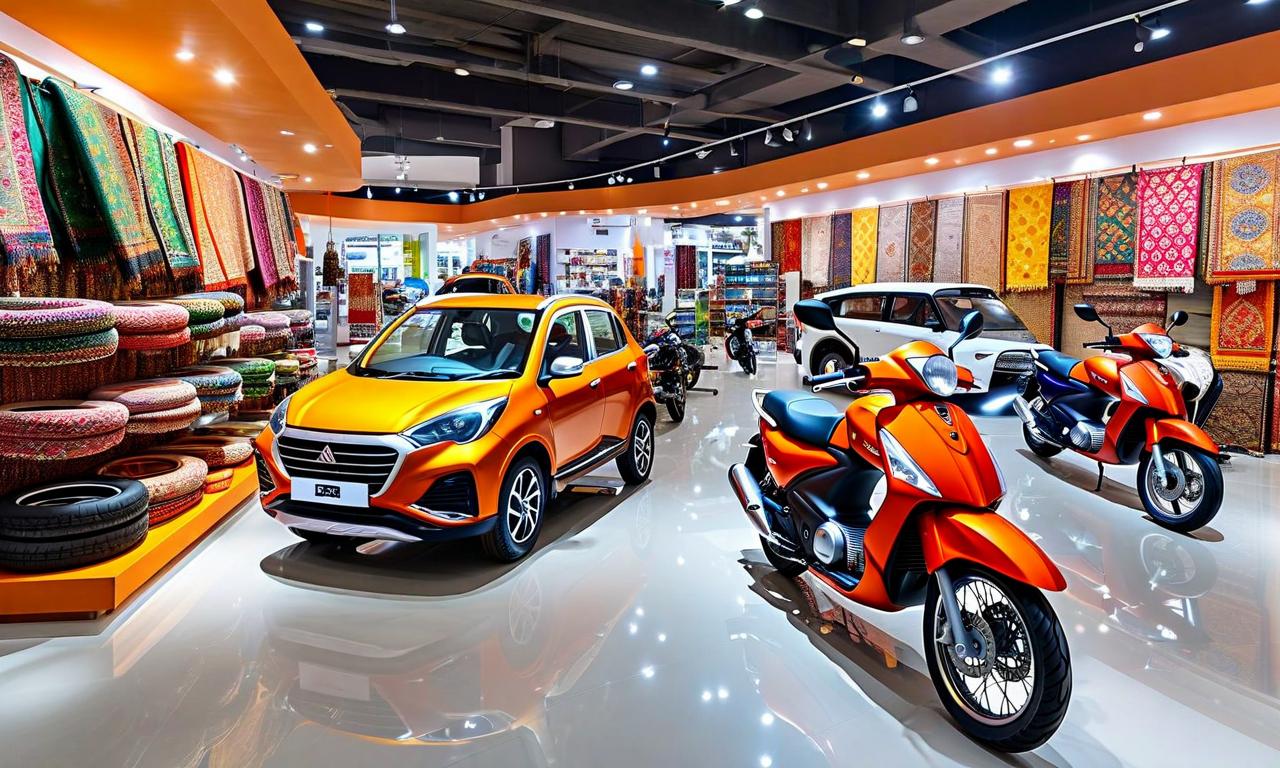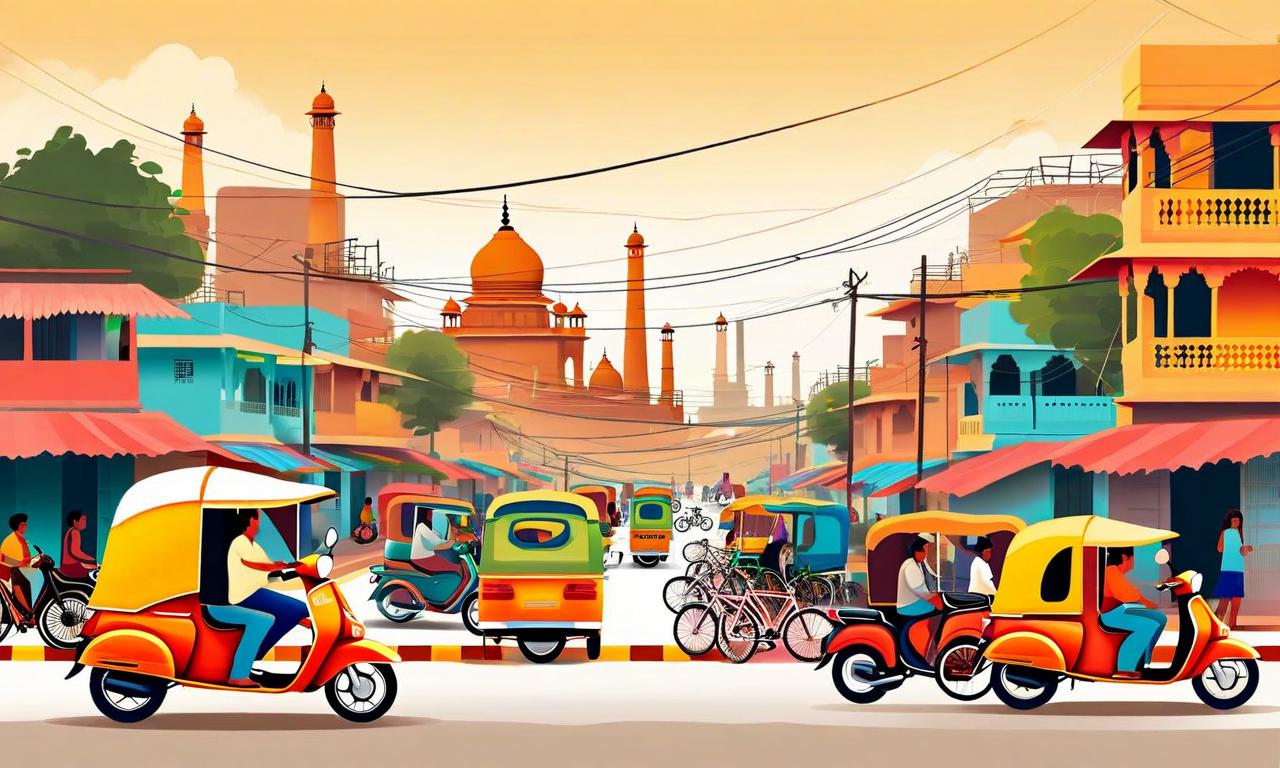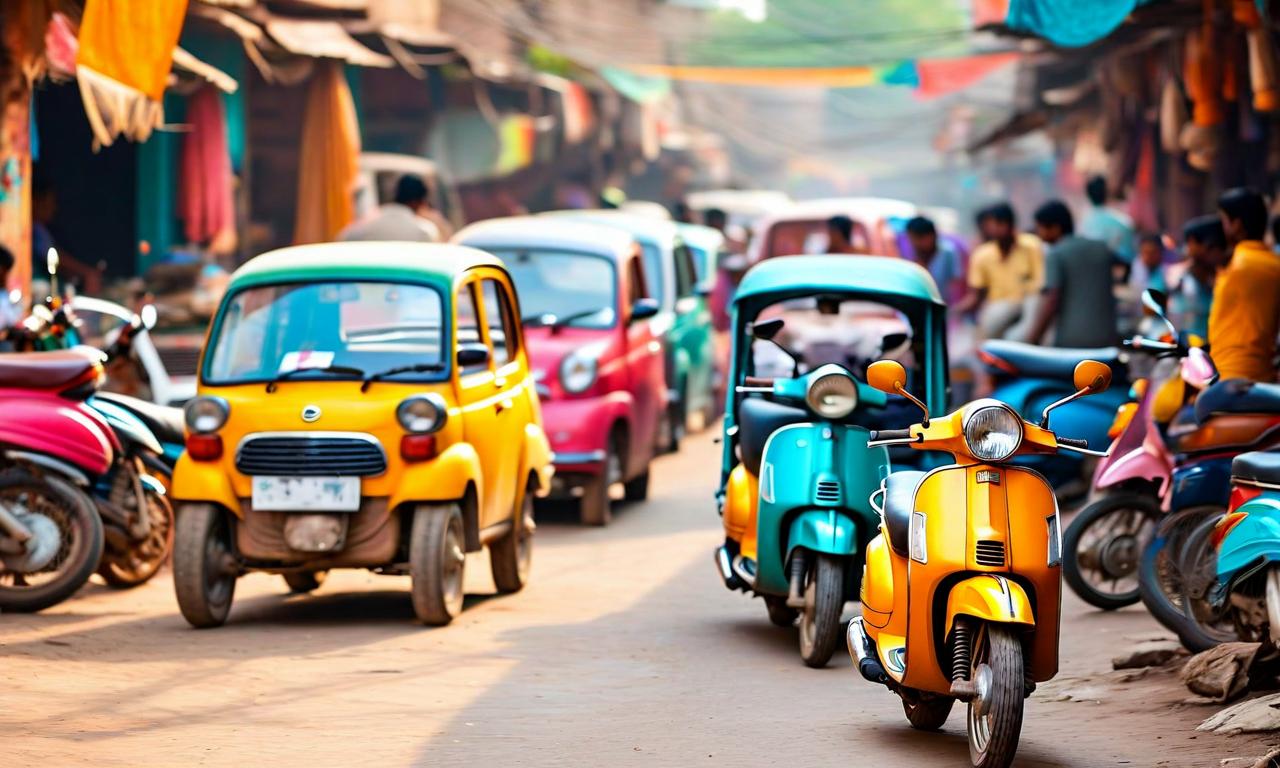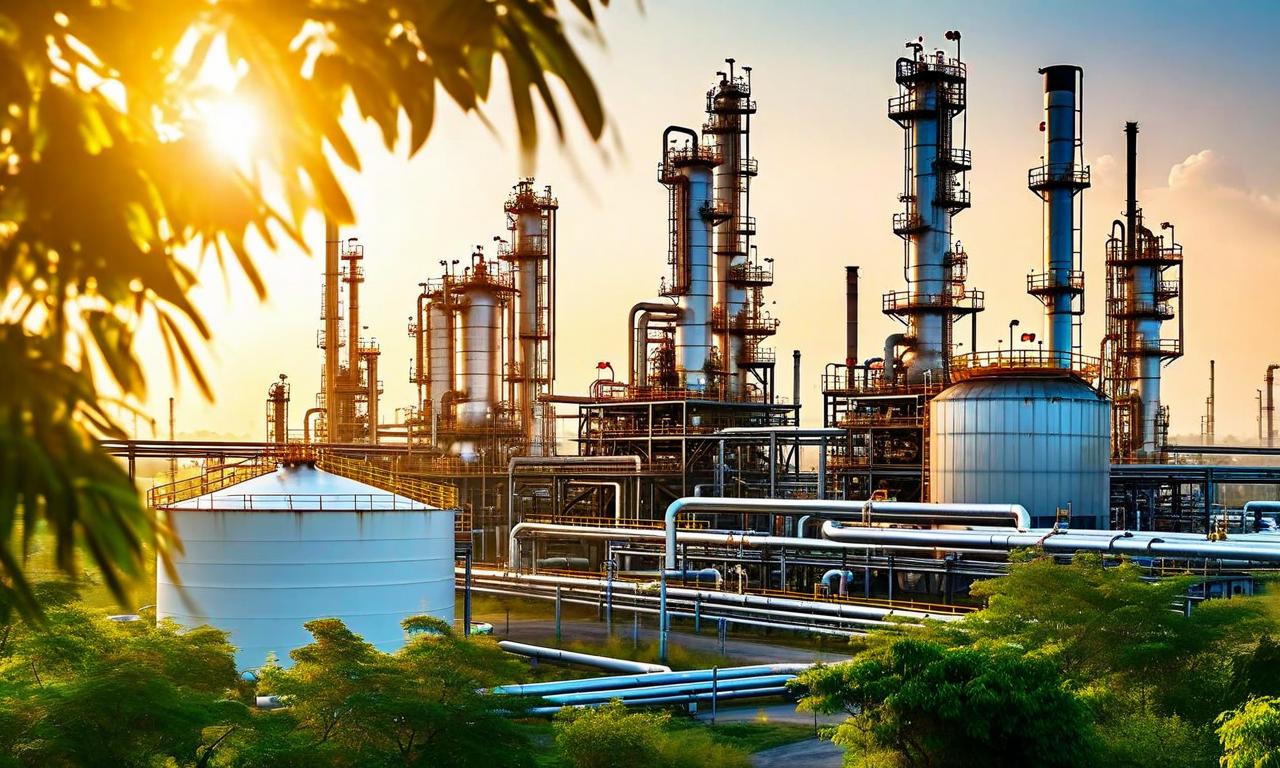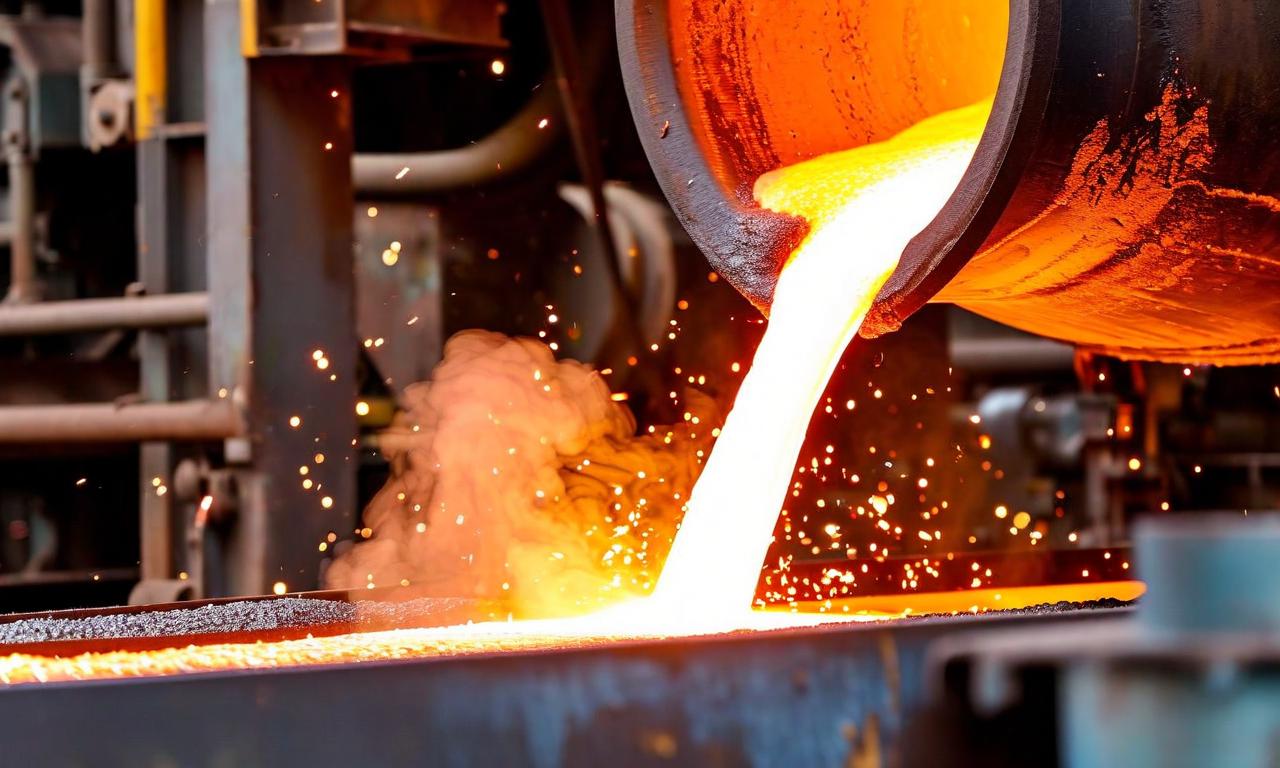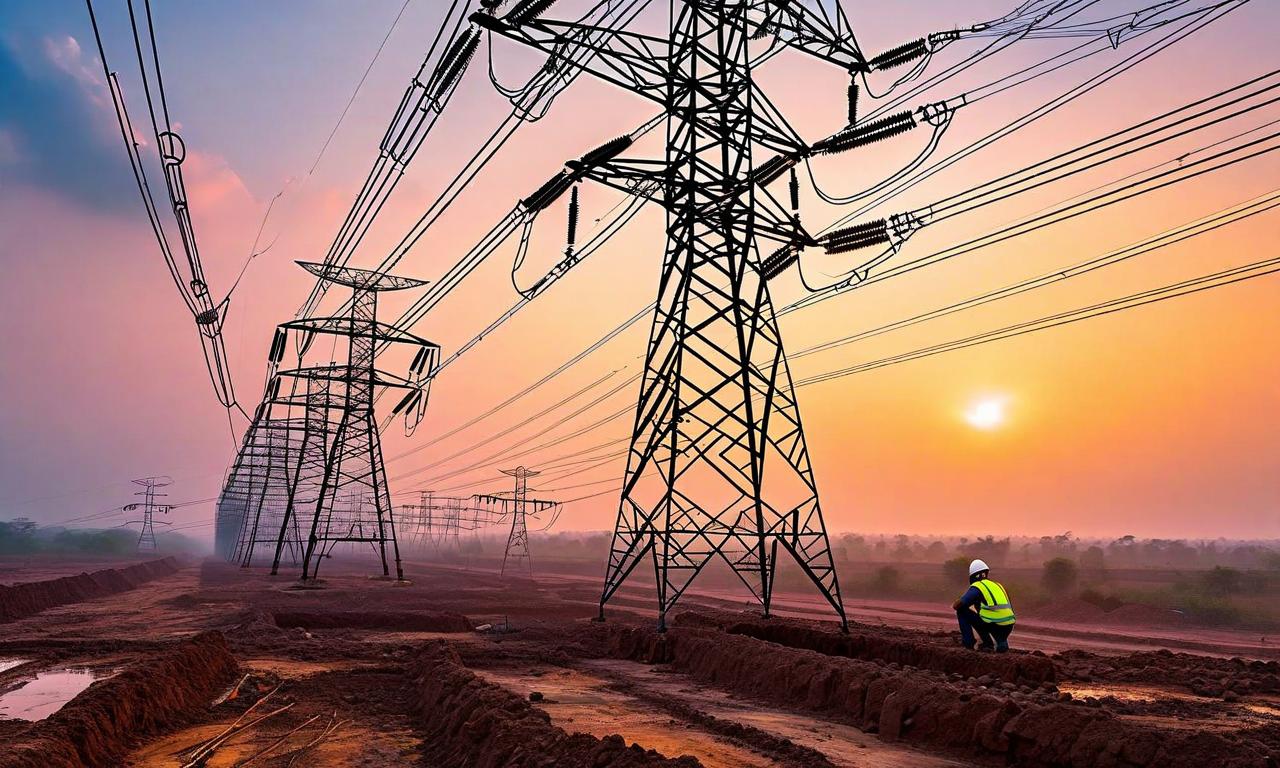Gadkari Envisions EV-Petrol Price Parity, Boosting India's Automobile Industry
Minister Nitin Gadkari announced that electric vehicle prices in India are expected to match petrol vehicles within 4-6 months. The automobile industry has grown from ₹14 lakh crore to ₹22 lakh crore, with a goal to become the world's largest in five years. Farmers have earned ₹45,000 crore from ethanol production. India's annual fuel import expenditure is ₹22 lakh crore, emphasizing the need for alternative energy sources.
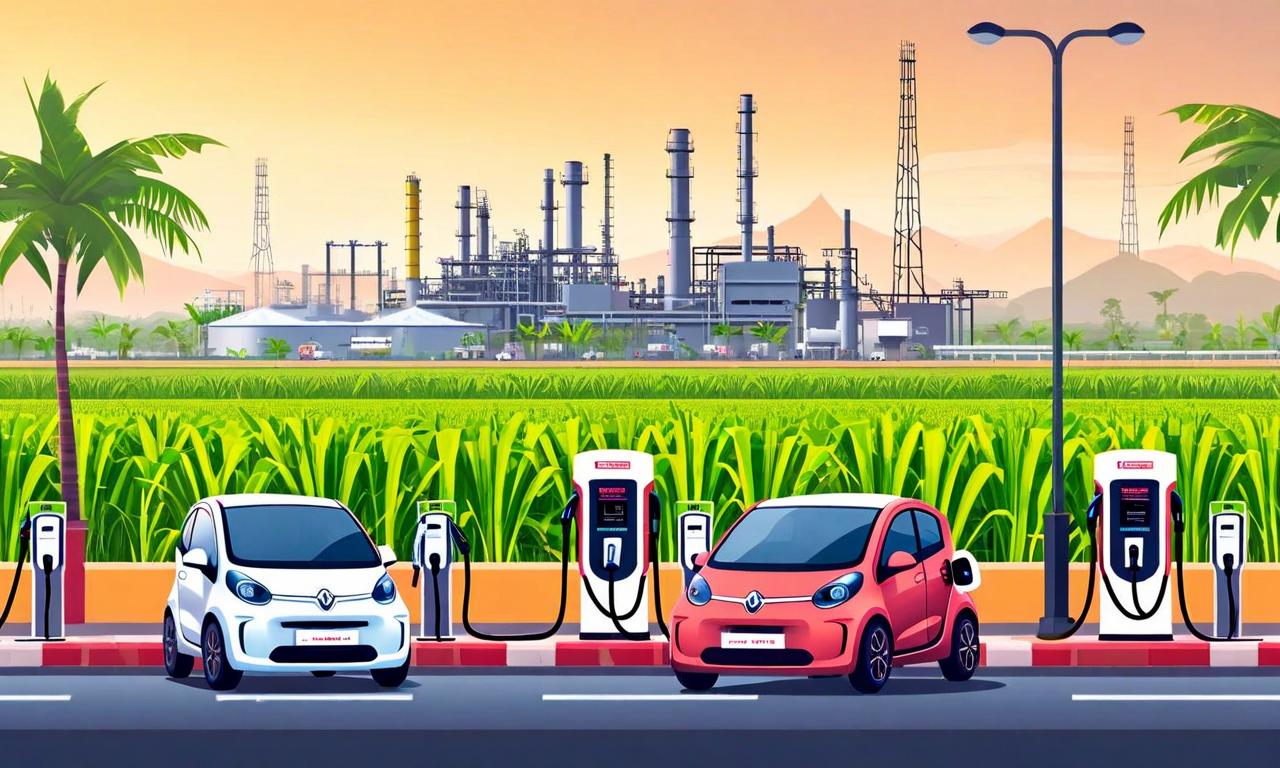
*this image is generated using AI for illustrative purposes only.
Union Road Transport and Highways Minister Nitin Gadkari recently made significant announcements about India's automobile industry and renewable energy initiatives at the FICCI Higher Education Summit 2025. These developments could have far-reaching implications for the sector and the country's economy.
Key Highlights
Electric Vehicle Price Parity: Gadkari projected that electric vehicle prices will match those of petrol vehicles within 4-6 months, potentially accelerating EV adoption in India.
Ethanol Production: Farmers have earned ₹45,000 crore from ethanol production using corn, showcasing the growing importance of biofuels in India's energy mix.
Automobile Industry Growth: The Indian automobile industry has expanded from ₹14 lakh crore to ₹22 lakh crore during Gadkari's tenure.
Ambitious Target: Gadkari set a goal to make India's automobile industry the world's largest within five years.
Fuel Import Expenditure: India's annual fuel import expenditure stands at ₹22 lakh crore, highlighting the need for alternative energy sources.
Industry Comparison
To put India's automotive ambitions in perspective, here's a comparison of automobile industry valuations:
| Country | Industry Valuation (in ₹ lakh crore) |
|---|---|
| USA | 78.00 |
| China | 47.00 |
| India | 22.00 |
Analysis
The announcements by Minister Gadkari reflect a multi-pronged approach to boost India's automobile sector:
Promoting Electric Vehicles: The projected price parity between EVs and petrol vehicles could be a game-changer for the industry, potentially accelerating the transition to electric mobility.
Encouraging Biofuels: The success of ethanol production not only provides additional income for farmers but also aligns with India's goal to reduce dependency on fossil fuel imports.
Reducing Import Dependency: With ₹22 lakh crore spent annually on fuel imports, the push towards EVs and biofuels could significantly impact India's trade balance.
Ambitious Growth Plans: The target to become the world's largest automobile industry in five years is ambitious, considering the current gap with the US and China. However, it underscores the government's commitment to the sector's growth.
These developments suggest a transformative period ahead for India's automobile industry, with potential ripple effects on agriculture, energy, and the broader economy. As the industry evolves, it will be crucial to monitor how these initiatives translate into tangible outcomes for manufacturers, consumers, and the environment.
